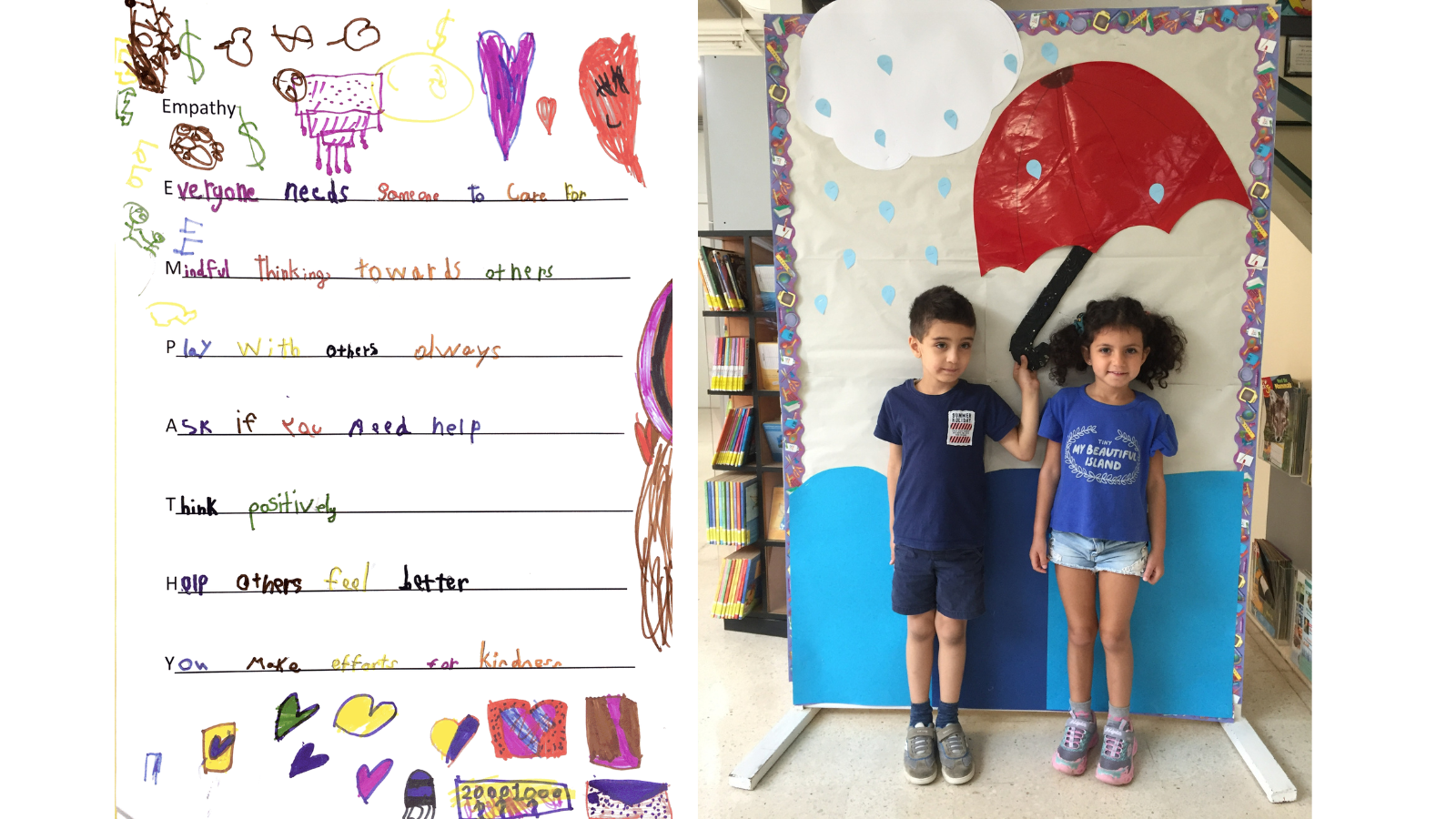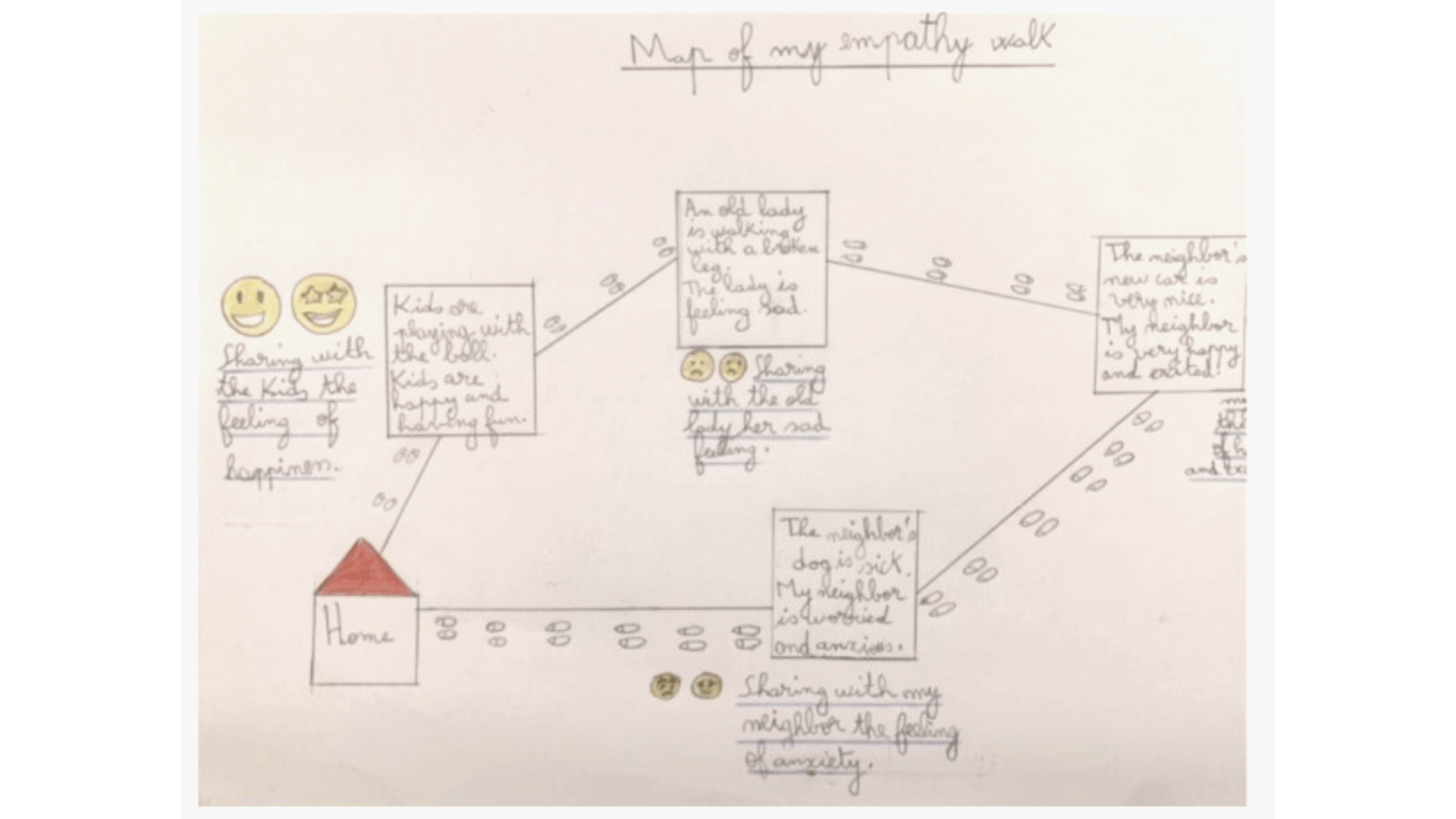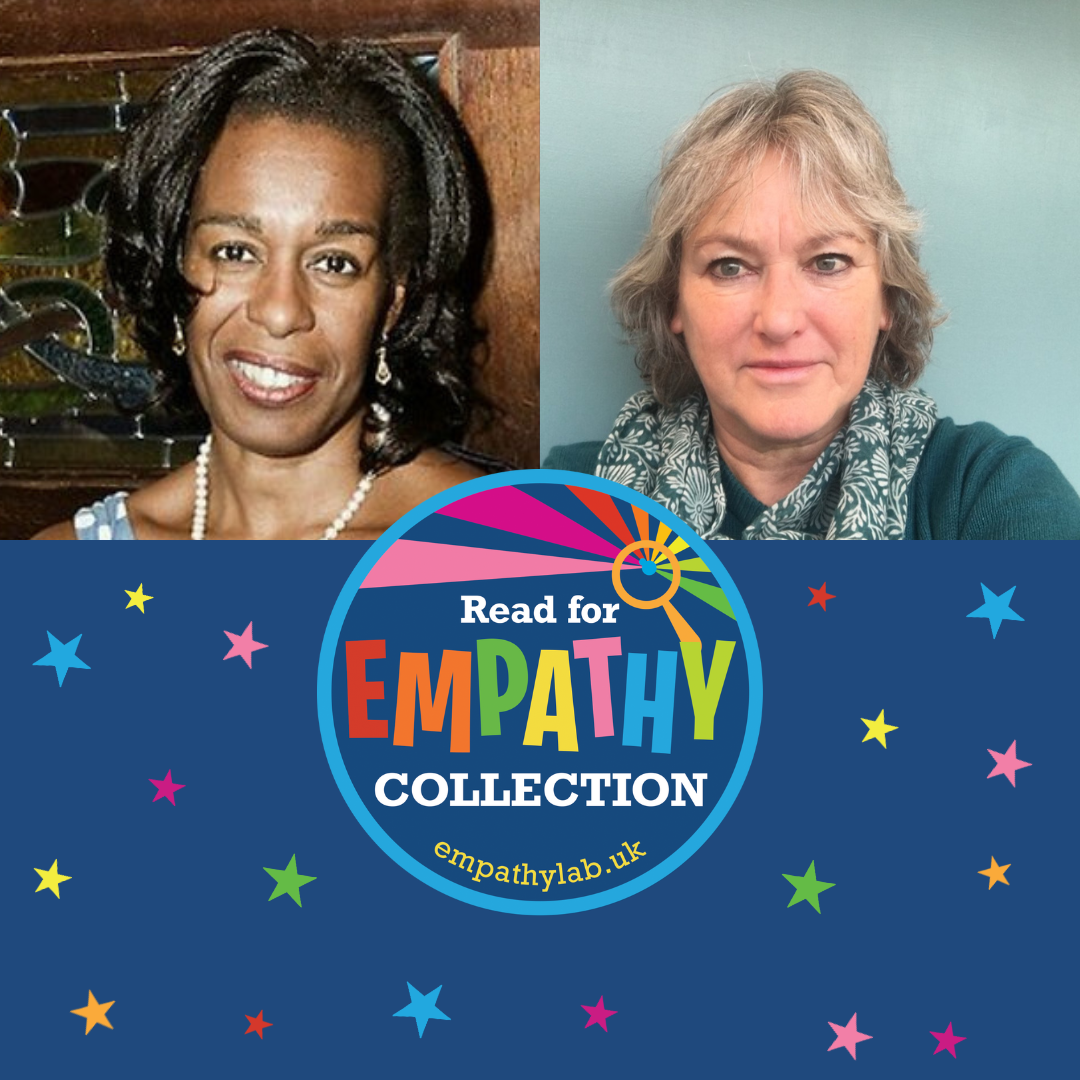Teaching Empathy in the Wake of Tragedy
- By EmpathyLab
- •
- 20 Sep, 2022
- •
Nayla Abu Fadil, a teacher from Beirut, Lebanon, tells her story about her journey to connecting with EmpathyLab following the 2020 Beirut explosion.

I'm Nayla Abu Fadil, a teacher from Lebanon. My story with EmpathyLab began almost two years ago today, on the August 4th 2020, when I heard a huge explosion. We all heard it, as if it was under our very homes.
The Beirut Blast caused hundreds of deaths, thousands of injuries and made more than 300,000 people homeless. Homes were turned to glass and bricks.But unlike you'd expect in Europe or elsewhere, the government provided no support that day. People were left alone. Alone to transport injured loved ones to hospitals, search for their family members among the rubble, or clean up the streets.
As images and videos of the situation were broadcast around the world, I realized that what we were watching was empathy, pure and simple. People treating their own wounds after the blast, a community rebuilding their own city. This is the power of empathy. Citizens supporting fellow citizens, having compassion, and taking the role of a government that had vanished.
As a primary teacher, the concept of empathy resonated with me particularly because we learn much about learner profiles in school, and one of them is the caring type: people who are empathetic. But on that awful day, in some way, we were all carers.
I began reading about empathy after my experience, researching myself online and looking for titles of story books to teach our students. My research led me to EmpathyLab, and I quickly subscribed to the newsletter. It was exactly what I'd been looking for!

During the pandemic I was preparing virtual libraries for K to 3 in English, French and Arabic. While confined at home, I had the idea to include videos of book readings, and when back at school, I recorded myself reading from our own library. Many of the stories were about empathy.
We celebrated Empathy Day in school on June 10th 2021 and recently I was lucky to attend a workshop with EmpathyLab, which the school generously offered me as part of my professional development. We celebrated Empathy Day this year, and a new celebration has been added to our school calendar!

I am so grateful to have found resources and like-minded people at EmpathyLab; it has been transformative for the kids, and for me. I hope we can continue to celebrate Empathy Day, keep teaching about empathy in class, and maybe even roll out a program to other schools, too!
Nayla is a primary teacher at International College (IC) in Lebanon.

The collection consists of 65 books for 3-16 year olds, each chosen for its unique contribution in building young people’s empathy.
The primary collection for 3-11 year has 40 books; the secondary collection features 25 books for 12-16 year olds.

I am very fortunate to have been on the Read for Empathy booklist judging panel over the past few years.
I’m also a practising classroom teacher so I would like to consider how the books on the list can influence what happens in a school.
Firstly, along with many other schools, reading aloud is an important part of our school day, every day, almost without fail. All the teachers at my school are aware of the EmpathyLab booklist, and often use it as a basis for choosing their next class read. Knowing that the books touch on important aspects of our children’s lives is key; we all understand how important representation is in stories. These are books that make a difference, that lead to passionate discussions in the classroom and can actually influence children’s behaviour .
The booklists become increasingly valuable. We have a couple of hundred empathy texts at our school – they are there on merit. Staff often refer to previous lists if there as a particular aspect of empathy that they want to include or share with the children.
Our Year 6 Reading Champions often seek out picture books from the list to take in to KS1 and Reception when they read stories, so we already have the next generation educating each other about the importance of empathy. I love the fact they often meet beforehand (they tend to work in twos) to discuss what questions they might want to ask the children once the story has been read. After each booklist is released, they also spend several of their Friday recommendation slots in assembly talking about a couple of the books. We have parents in on our Friday assembly so it’s a great way to share the texts with them and help raise their awareness of our work.
We often use the books as our teaching texts for English, partly because they encourage excellent writing but also because they provide a fantastic opportunity for our pupils to develop their empathy skills. The Wild Robot by Peter Brown, Miraculous Journey of Edward Tulane by Kate DiCamillo, Freedom by Catherine Johnson, Eyes that Kiss in the Corners by Joanna Ho and A Street Dog Named Pup by Gill Lewis are all books that have made in into our English curriculum as a result of being on one of the Read for Empathy booklists. Well, that’s not strictly true - Edward Tulane was there before that as it’s one of my favourite ever books, but you hopefully take my point.
Reflecting on our empathy journey over the past few years, I’ve also found that the more books children read that address empathy, where they can relate to the characters and their choices, the more books they want to read. It’s almost a virtuous circle. Many begin to realise that such books can empower them to think about situations.
For example, as soon as we finished A Street Dog Named Pup last year, several of them immediately wanted to read other books by Gill Lewis. Because empathy is a thread that runs through much of her work ( Gorilla Dawn , Moon Bear , The Closest Thing to Flying and so on). Thanks to EmpathyLab's lists, I was able to point them in the direction of several other books, by her and others.
I think we agree that teaching children about empathy and providing them with opportunities to develop it is one of the most important gifts we can give them as adults. The fact that empathy has gone from being something that schools sort of understood a few years ago to being something that has got an increasingly solid evidence base is crucial.
There’s always been anecdotal evidence that reading stories is important for children and that it can change how they think but now that’s backed up with research. The empathy revolution (and it is a revolution) is only going to pick up more momentum over the next few years as the need for it becomes ever more apparent. Working in schools and in the world of children’s books means that we’re in the front line. There’s nowhere else I’d rather be.
